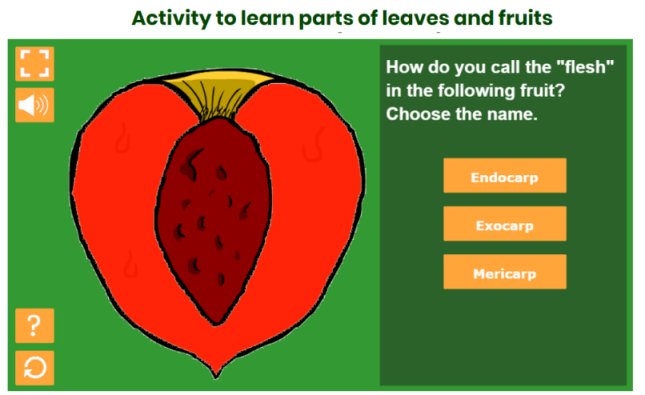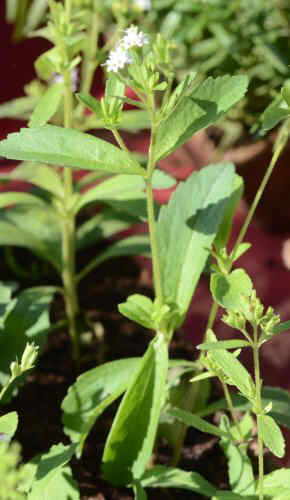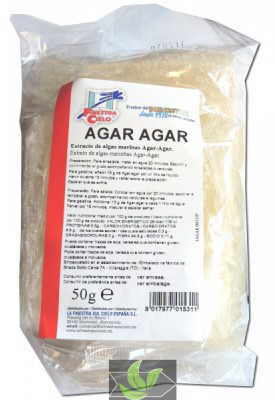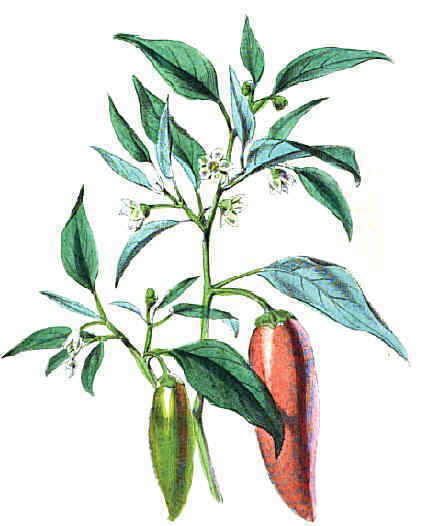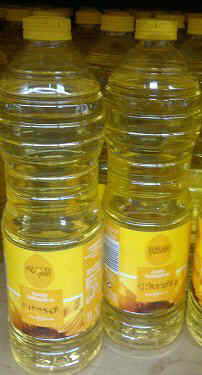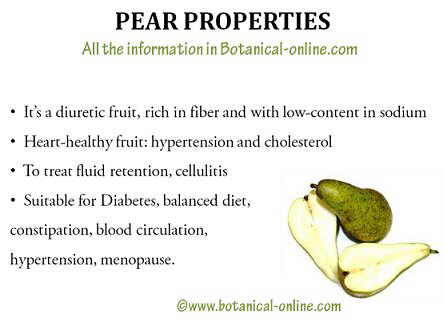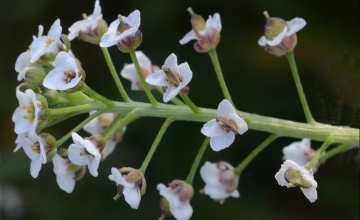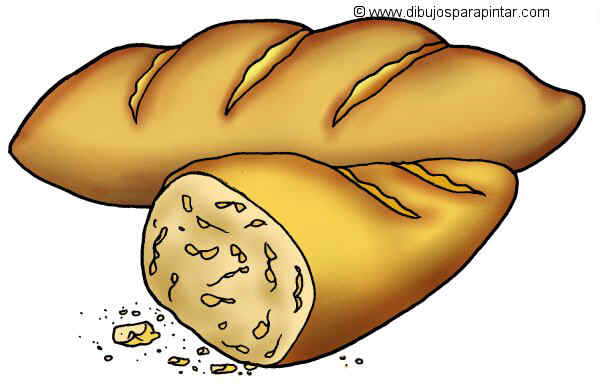Contents
- 1 Food with nitrosamines
- 1.1 How do nitrosamines get into our diet?
- 1.2 What is the food with the most nitrosamines?
- 1.3 Nitrosamines in meat and fish
- 1.4 Nitrosamines in beer
- 1.5 Nitrosamines in baby bottles
- 1.6 Do vegetables have nitrites or nitrosamines?
- 1.7 What is the relation of vegetables with nitrosamines?
- 1.8 List of vegetables containing nitrates
Food with nitrosamines
How do nitrosamines get into our diet?
Nitrosamines are naturally occurring components in foods, both of vegetable and animal origin, which in excess can be carcinogenic. Nitrosamines are derived from nitrites, which in turn are derived from nitrates. During the cooking, curing or salting of the meat, the passage of nitrates occurs to nitrites and finally to nitrosamines.
What is the food with the most nitrosamines?
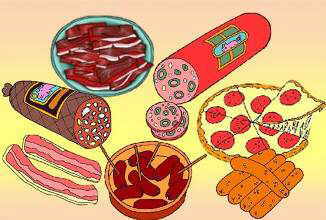
Foods of animal origin are those that contain the highest amount of nitrites and nitrosamines.
One of the foods richest in nitrosamines is bacon . Smoking, salting and cooking considerably increases the nitrosamines in food.
For this reason, bacon is one of the most unadvisable foods, in addition to other disadvantages, such as its excessive fat content (3 fried slices contain about 900 calories).
Nitrosamines in meat and fish
Meat and fish contain varying amounts of nitrosamines according to their processing. In general, processed meat contains more nitrosamines than raw products. Therefore it has more nitrosamines meat or fish cured, salted, smoked, sausages, pates, etc.
The following animal food contains a lot of nitrosamines:
- Bacon,
- Sausages
- Pâtés
- Cooked meat
- Frankfurters
- Cooked ham
- Smoked meat
- Smoked salmon
- Anchovies
- Cured cheese
- Etc.
Nitrosamines in beer
In the past, beer could be an important source of nitrosamines, although not currently. Its origin was due to drying after roasting the cereal, a process in which the hordenine and granin (present in the grain) were transformed into dimethylamine, a precursor of nitrosamines.
Currently the nitrosamine content of beers has been drastically reduced (from 14 μg / kg to 0.59 μg / kg of NDMA) due to the use of other technological systems.
However, this and other alcoholic drinks contain alcohol that potentiates the negative effect of nitrosamines that may be contained in other foods. Taking this into account, as well as other negative consequences of alcohol, they are not recommended foods, regardless of their content in nitrosamines.
Nitrosamines in baby bottles
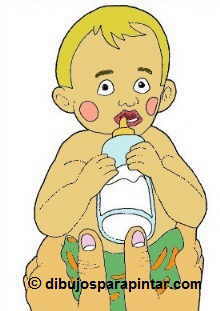
Baby bottles can increase the concentration of nitrosamines in food because the material with which this objects are made of.
For example, heating a plastic bottle or a container with a rubber nipple can increase the nitrosamine content of the milk it contains.
- This is a big problem because babies are much more sensitive to carcinogenic components.
Fortunately, this problem has an easy solution. It can be easily solved by recommending the use of glass bottles.
Do vegetables have nitrites or nitrosamines?
No, vegetables do not contain nitrites or nitrosamines.
On the other hand, they contain many nitrates, which are non-toxic, but have toxicity because they can produce nitrites, nitric oxide and nitrosamines.
However, these foods are rich in flavonoids that prevent this transformation.
What is the relation of vegetables with nitrosamines?
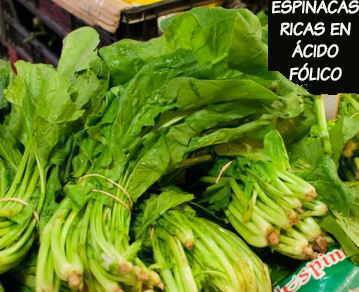
Although the nitrates in vegetables are not toxic in adults, they can be toxic for babies and children because they are more sensitive to these components.
For this reason, as a precaution, the recommendation in infants and children is to reduce the consumption of spinach and chard (vegetables richer in nitrates) for their possible formation of nitrosamines
This is recommended especially in babies and small children, for adults it is not that important.
List of vegetables containing nitrates
| Table of nitrates content in plant-based food | |
| Very high content (plus 2,500 mg / kg of nitrates) | Chard, celery, watercress, chervil, lettuce, spinach and arugula |
| High content (1,000 – 2,500mg / kg of nitrates) | Celeriac, Chinese cabbage, endives, fennel, leek |
| Intermediate content (500 – 1,000 mg / kg of nitrates) | Turnip, cabbage, dill, kale |
| Low content (200 – 500 mg / kg of nitrates) | Broccoli, carrots, cauliflower, cucumber, squash, chicory |
| Very low content (less 200 mg / kg of nitrates) | Artichoke, beans, asparagus, eggplant, garlic, onions, mushrooms, peas, peppers, potatoes, zucchini, green beans, tomatoes, watermelons. |
![]() More information on nitrosamines and other toxic products
More information on nitrosamines and other toxic products

